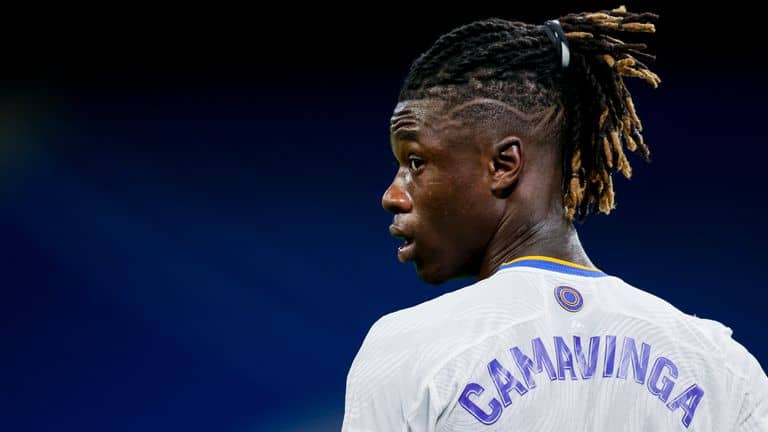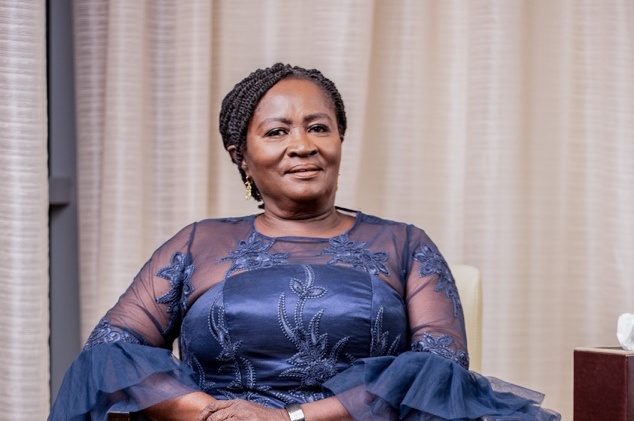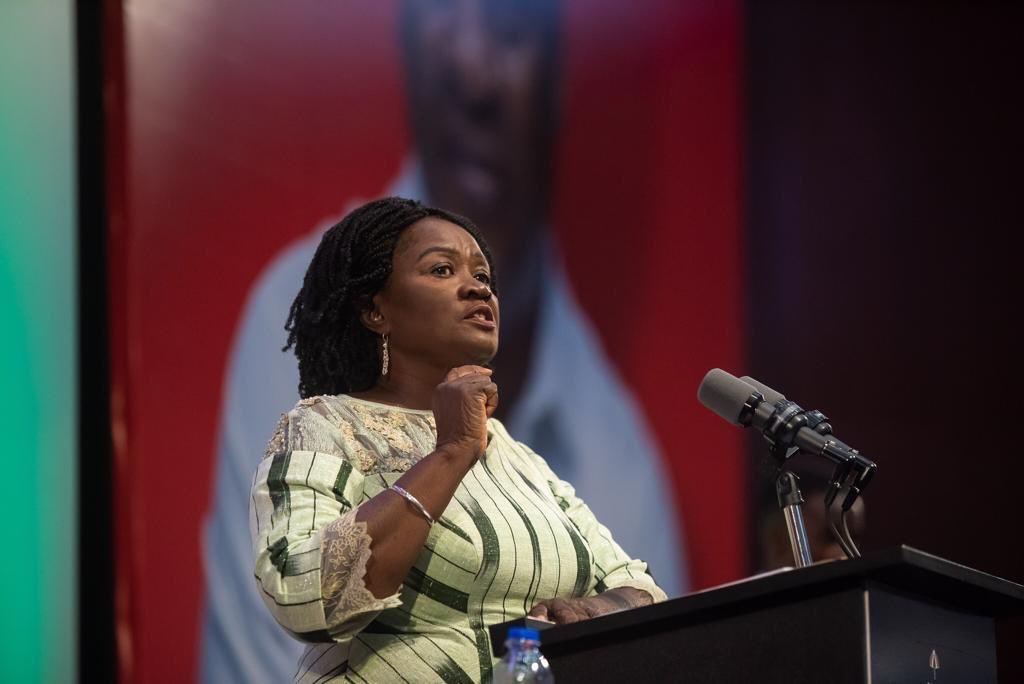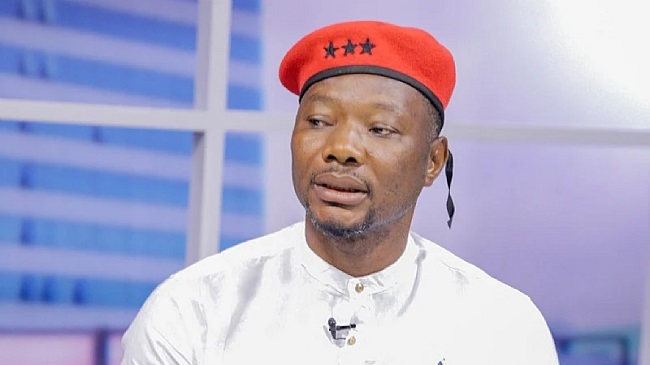One of the top midfield prospects in world football, the France international is beginning to thrive in a new role, despite hating the position
In the 35th minute of Real Madrid’s Champions League clash with Manchester City, Eduardo Camavinga did something very few left-backs are capable of. He played a quick one-two with Luka Modric before taking off down the line — and driving deep into the Citizens’ half. The Frenchman strode past a languid Bernardo Silva, before laying the ball off to Vinicius Jr. The Madrid winger did the rest, driving a shot past a sprawling Ederson to give Los Blancos a 1-0 lead in the tie.
And although Vinicius’ finish grabbed the headlines, Camavinga’s build-up play set it all up. His assist wasn’t a very left-back thing. Then again, Camavinga isn’t really a left-back. By trade, he is a central midfielder. He tackles like a hard-nosed No.6, and carries the ball like a true box-to-box No.8. At times, he can ping passes like a regista. And some of his passing in the final third is on par with classic No.10s
For this Madrid side, he’s an – admittedly reluctant – full-back, a player operating out of position. After deputising in the role for the past three months, he’s steadily become one the best in Europe, and perhaps holds the key to stalling City’s high-powered attack in Wednesday’s second leg at the Etihad Stadium.
The journey begins
Camavinga captured the imagination of Europe after turning in a Man-of-the-Match-winning performance for Rennes against Paris Saint-Germain in 2019. A skinny 16-year-old at the time, he quite comfortably dominated a midfield that included Marco Verratti and Marquinhos, lifting Rennes to an unexpected 2-1 win over the Parisians.
Watch the clips, and you’ll see a child do all the things adult footballers do. He evades pressure with aplomb, cleverly wins free-kicks, and pings a ball to the far post for Rennes’ second goal. He recycles possession, picks the right times to dribble forward, and at one point evades the entirety of PSG’s midfield before being clattered as he enters the final third. This all came with Camavinga playing as what Spanish football refers to as ‘the pivot’, a lone central defensive midfielder tasked with anchoring a three-man unit — a job usually reserved for veterans of the game.
But this wasn’t a particularly Spanish player, certainly not the kind of maestro usually employed by Real Madrid or Barcelona. It was strange, then, when Los Blancos shelled out €40 million (£34m/$47m) to snatch him from Ligue 1. The club, at the time, had the best midfield trio in the world, with Luka Modric, Toni Kroos, and Casemiro serving as a perfectly balanced unit. There was no room for a teenager, certainly not one that seemed an odd stylistic fit.
Still, Carlo Ancelotti trusted him all the same, and made Camavinga his first option off the bench during his debut campaign. He scored on his Madrid debut, and logged consistent minutes as the team rolled through the Champions League to a 14th European title.
Notably, Camavinga played everywhere in midfield. His first start came on the right, but he also appeared as a No.6, No.8, on the left and even as a right-winger. Ancelotti is not a manager to force players into the XI, to shoehorn them into inappropriate spot.
Indeed, he has shown that he would rather use the ageing Nacho at right-back than jam the better, younger but left-footed David Alaba at the position. Camavinga, then, played on merit — a 19-year-old forcing himself into Spain’s best, most established side.
The growth continues
The 2022 Champions League final was wrapped up by the time Camavinga stepped onto the pitch. Leading the game 1-0, Madrid hadn’t enjoyed an extended spell of possession for 10 minutes, but Liverpool, in truth, never looked like scoring. This time, the Frenchman was charged with playing on the right. In five minutes on the pitch, he touched the ball seven times, won a tackle, and had the pleasure of being on the field when the final whistle blew. That briefest of cameos showed that he didn’t quite have the trust of his manager yet — not fully, at least.
It would, though, prove to be the last time Camavinga would be used so sparingly. Ever since, he has either started or become a crucial entrant off the bench. Ancelotti has entrusted the France international with 18 starts in La Liga, and seven out of a possible 10 in the Champions League. These days, Camavinga is absolutely vital.
He’s even been preferred to Madrid’s big-name summer signing. When Madrid brought in Aurelien Tchouameni for an eye-watering €100m (£89m/$106m), Los Blancos seemed to have found their Casemiro replacement. The Monaco midfielder was still young, and he was far from the same profile as the departing Brazilian, but in theory, they snagged the best, most complete, No.6 on the market.
However, he hasn’t quite panned out — not yet, at least. Such is the curse of playing for Madrid that a player is regarded as an irredeemable failure after a poor month or two, and Tchouameni, understandably, hasn’t been perfect. But this is a side that doesn’t have much time for imperfections, something Tchouameni has learned during his frequent exclusions from the XI in recent weeks.
It is, on occasion, Camavinga who has stepped into his role. Such was the case in Los Blancos’ Champions League last-16 second leg against Liverpool, when Camavinga was preferred to his international team-mate. He was instrumental for the first 45 minutes in that fixture, quelling notions of a comeback from the trailing English side.
Qatar changes things
It is something of a myth that France coach Didier Deschamps was the first manager to use Camavinga as a left-back. Such is the flexibility demanded by Ancelotti, the player had some notion of what was required to play the position already.
Still, Deschamps has to be given credit for realising that Camavinga’s defensive chops were well-suited to the position. He started a group-stage contest at left-back at the World Cup, and was introduced as a 70th-minute substitute at the position in the final as France lost control of that side of the pitch.
And although Argentina would go on to win the now-famous contest, Camavinga’s influence undoubtedly changed the game. Lionel Messi had run France’s left side ragged for much of the first half, and the defensively-lacking Theo Hernandez often found himself caught out of position. Camavinga’s assuredness at the back helped turn the tide, and was crucial as France scored twice towards the end of normal time.
Ancelotti was clearly watching intently. When Camavinga returned to Valdebebas, he saw his role evolve. He played sparingly at the position through January, but at the end of the month, he was handed his inaugural start as a full-back proper. By early April, he was first choice — despite Los Blancos having other options at the position.
Not his best position
“It still isn’t my position.” Those were the words of Camavinga after his composed performance at left-back helped Los Blancos see off Chelsea in the Champions League quarter-finals. It’s something he’s said repeatedly, both behind closed doors to Ancelotti and to the media.
But the manager has disregarded his words — albeit in a typically smooth, understanding way. Back in February, the Italian coach said: “H>e has surprised us all as a left-back… He has played very little in this position, but he creates a lot of danger in the opposition’s half. And he also has defensive work. He doesn’t like it, but we do.”
It, admittedly, takes a hefty dose of selflessness from Camavinga to perform in such a manner. His career could perhaps look radically different at this point. That 16-year-old pinging passes around PSG could have stayed in Ligue 1 for two more years, before being some massive club’s most expensive signing. He is exactly the kind of player that PSG are linked with every summer, before inevitably moving to Real Madrid or Manchester United.
But Camavinga, like it or not, perhaps knew he would find himself in such a situation. At 18, he was never going to walk into Madrid’s midfield. Nor would he even be a nailed-on starter within a few years. For a squad that is constantly upgrading, nothing beyond the next few months is certain. This hasn’t been his preferred spot, but Camavinga has made himself indispensable.
A long-term role?
This has all come at the right time, too. First choice Ferland Mendy has been injured for four months, and despite his defensive solidity, lacks the improvisational quality that is crucial to this Madrid side. He was linked with an exit as early as last autumn, and it would be of little surprise if Mendy is to depart the Bernabeu this summer.
But with Camavinga now established, perhaps Madrid won’t go looking a direct replacement. While depth is always welcome — and will likely come in the form of a buy-back deal that will ensure a return for Rayo Vallecano full-back Fran Garcia — Camavinga appears the best option as the left-back of the future.
While he has little to prove at this point, Wednesday’s meeting with City might just seal it. Once again, Camavinga will be tasked with marking one of City’s tricky wingers.
Whether it be Bernardo Silva or Riyad Mahrez, the reluctant full-back projects to have a stern task in front of him.
He may not like it, but it’s a match-up he could quite easily win.
Source: Goal.com












